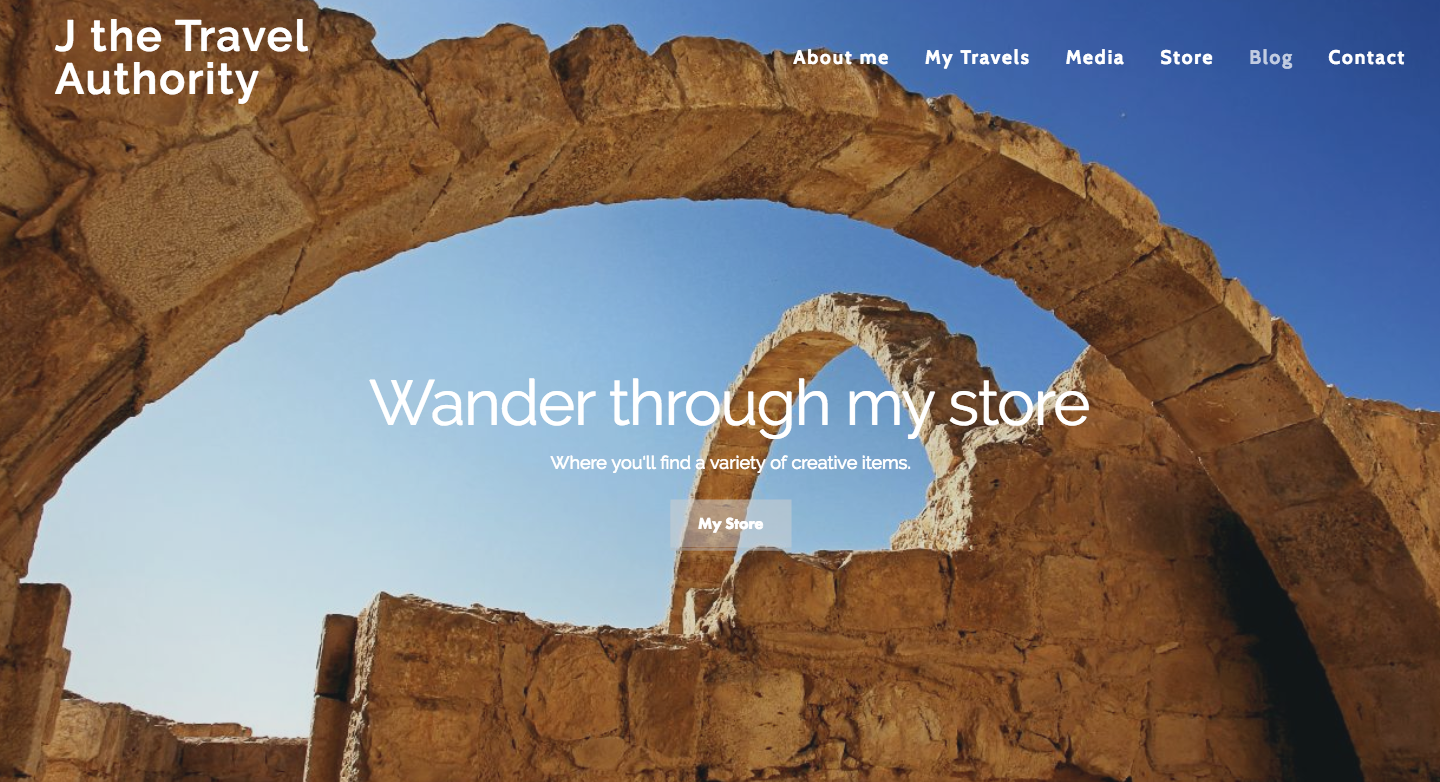In the Aegean Sea a short distance off the western coast of Turkey,
Bozcaada Island seems to inspire disparate opinions. You can imagine my surprise when I met a couple at breakfast on my first morning and they told me they planned to spend four days and were leaving early because there was nothing to do. Then a few hours later, I met another couple who thought the island was a perfect locale for a summer house. Certainly odd but it all depends on your expectations.

I fall into the "wished I had more time" category of visitor. The best way to get around is by bicycle. Here's what I found while cycling:
1. First, I rented a good mountain bike along the waterfront at Haluk and was surprised when the owner said he'd offer me a complementary glass of wine once I returned the bicycle. (It turned out to be a good glass of wine and, returning the back in the early evening was perfect to sit along the waterfront with the setting sun playing off the waters.)
2. Pedaling west, I found a narrow unsigned lane. This led to a super steep uphill to the top of Goztepe, a 630-foot-high hill with sweeping views of the island and the turquoise waters. I cycled up the first half and then walked the bike the rest of the way up. All along, I was treated to the panoramic views of the patchwork of green landscape, steep sided limestone cliffs and Greek island of Lemnos. (Those who thrive on hair-raising downhills will love the return trip.)
3. Back on the road which saw little traffic, I passed old stone farmhouses with scarecrows standing in the fields.
4. I made a brief detour along a narrow side road that sliced through vineyards. (Bozcaada is noted for its wines. There are
six wineries on the island.) This atmospheric path wandered to Cayir, a desolate stretch of sandy beach on the north shore where I could've hung out for hours.
5. The highlight of biking on Bozcaada for me was pedaling through a thick pine forest that seemed to spring out of the blue and then opened up to a long row of wind turbines on the western edge of the island. These produce a whopping
30 million kilowatt hours of electricity per year. Unbelievable, but expected especially when you visit the island and feel first-hand that the strong winds never seem to stop blowing.

6. Everyone on the island flocks to Ayazmar Beach but I found two lovely slivers of sand,
Sulubahce and Hubbele. Both of these beaches have no facilities but I brought a picnic lunch and enjoyed the low-key vibe with just a couple of other sun bathers in the vicinity at both of these. (Ayazmar, on the other hand, is lined with cafes across the road while the sands couldn't be more overcrowded with lounge chairs, beach blankets and beach umbrellas.)
7. Wherever I biked, I found an abundance of nature, whether limestone cliffs and hills covered in fragrant macchia shrubs, quiet coves or tall
grasslands.
8. My favorite accommodation was
Hotel Kaikias where the white-on-white breakfast room offering a sumptuous buffet had the decor of a wedding reception. (There were wild flowers adorning the tables, floor-to-ceiling windows looking out to the sea and an antique chandelier.) Every morning, I'd sample the more than a dozen items -- including five kinds of candied fruits, sesame and lemon cakes, olives, apricots, cherries and plenty more -- and then I'd bring my plates to the outdoor patio and chat with the other guests.
9. Whenever I wanted to know about anything about Bozcaada or if I had a craving for a piece of homemade chocolate cake, I knew where to go: the Cafe at Lisa's. Lisa cooks everything on the menu except the mayonnaise (as she said to me). Whether it's local wines, tasty sandwiches, authentic stir fry, superb coffee frappe, delicious desserts as well as an interesting array of local artwork, this cafe has something for everyone. During the day, I sat under an umbrella outside while at night I settled into a chair in the homey interior with its open kitchen. Lisa, an Australian transplant, is a journalist who write the local newspaper so you can imagine that if you are desperate to know something about Bozcaada, she may be able to help out.

 • Don't just spend your time on the European side of
• Don't just spend your time on the European side of 













